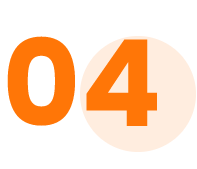RFID Readers, Handhelds and Sleds Read RFID Tags from Assets and Inventory
Use RFID readers, handhelds and sleds to read from RFID tags and labels and associate data from assets and inventory within RFID software.
RFID Readers

How RFID Readers Work
RFID readers use radio waves to communicate with RFID tags, which are small electronic devices containing a chip and an antenna. Here’s how
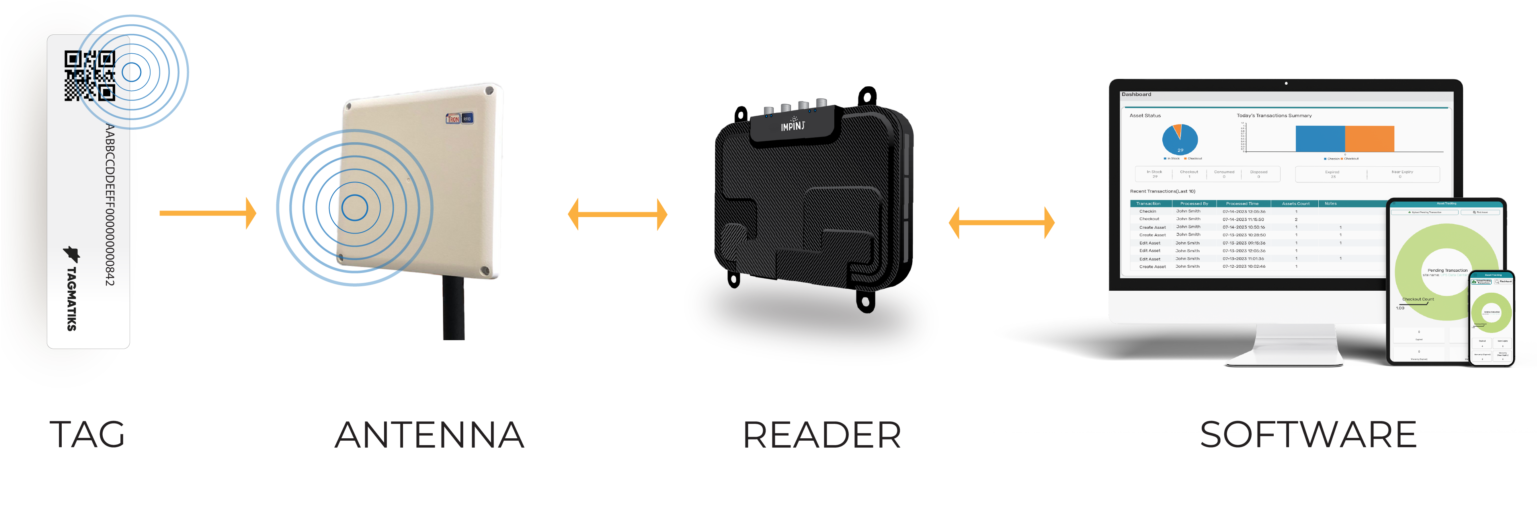
Reader Sends Out a Signal: An RFID reader sends a radio frequency signal through its antenna.
Tag Response: When an RFID tag gets close enough, it “catches” these radio waves. RFID waves give the tag just enough power to wake up and respond.
RFID Reader Receives the Information: The reader picks up the tag’s response. It’s like having a quick conversation between the Reader and tag. RFID Reader then sends this information to a computer or RFID software/system.
Types of RFID Readers
RFID readers come in several types based on their functionality and applications
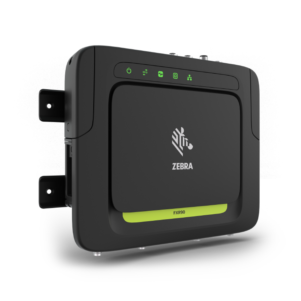
These readers are installed at specific locations, such as entry/exit points in warehouses or retail stores. They continuously monitor the presence of RFID tags within their range.
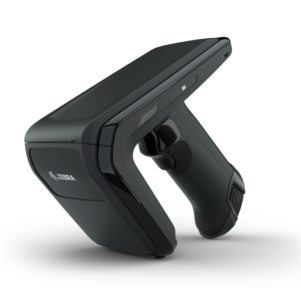
Handheld RFID reader devices can be carried around to scan RFID tags. Useful for inventory counts and asset tracking.
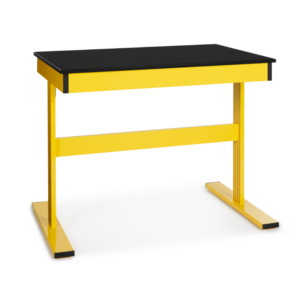
Combine the reader and antenna in one device. Typically used in applications where space is limited and installation simplicity is desired.
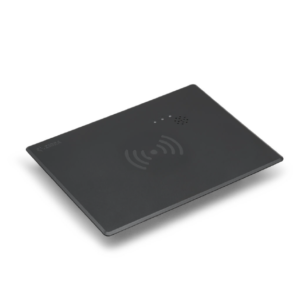
Small, portable readers that connect to computers via USB. Used for desktop applications where RFID data needs to be read directly into a computer.
Applications of RFID Readers
RFID readers are used in different industries.

Tracking and managing inventory in warehouses, retail stores, and distribution centers.

Monitoring the movement of goods through the supply chain from manufacturing to delivery.

Tracking medical equipment, patient records, and medication to enhance patient care and operational efficiency.
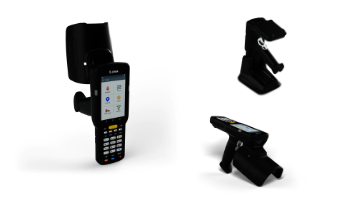
What are RFID Readers?
RFID readers are responsible for communicating with RFID tags. The purpose of this communication is to identify, classify and locate assets and inventory.
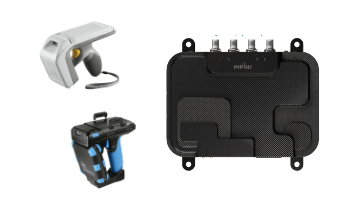
Fixed vs. Handheld Readers
RFID readers are available in various form factors including fixed readers and handhelds. Fixed RFID readers are permanently affixed to a specific area such as a doorway, table or dock door. In some cases, fixed readers may have in built antenna(s) and in other cases, they may use external antennas. Handheld RFID readers are moved around by an operating to define a read zone.

RFID Handheld Overview
RFID Handhelds are designed to be used by moving around the devices through a workflow and collecting data. RFID handhelds can have in built screens and keyboards or can be in a sled form factor where they pair via Bluetooth to another smart device like a phone or tablet.
What You Should Know Regarding Fixed Readers
Fixed RFID readers are often deployed in applications where data collection happens behind the scenes. An example of this may be an RFID portal on a dock door so as a pallet is being shipped, the pallet is marked accordingly in backend software.
Fixed RFID readers usually include one or more antennas that can be in built or attached externally using an coaxial cable. Usually an RFID middleware assists with feeding data back to your business systems like an ERP or warehouse management system.

